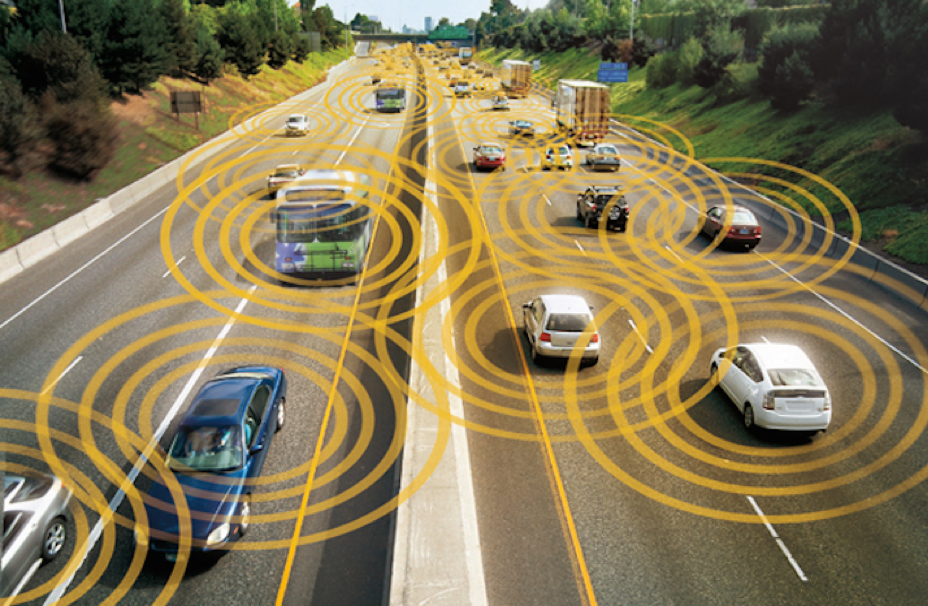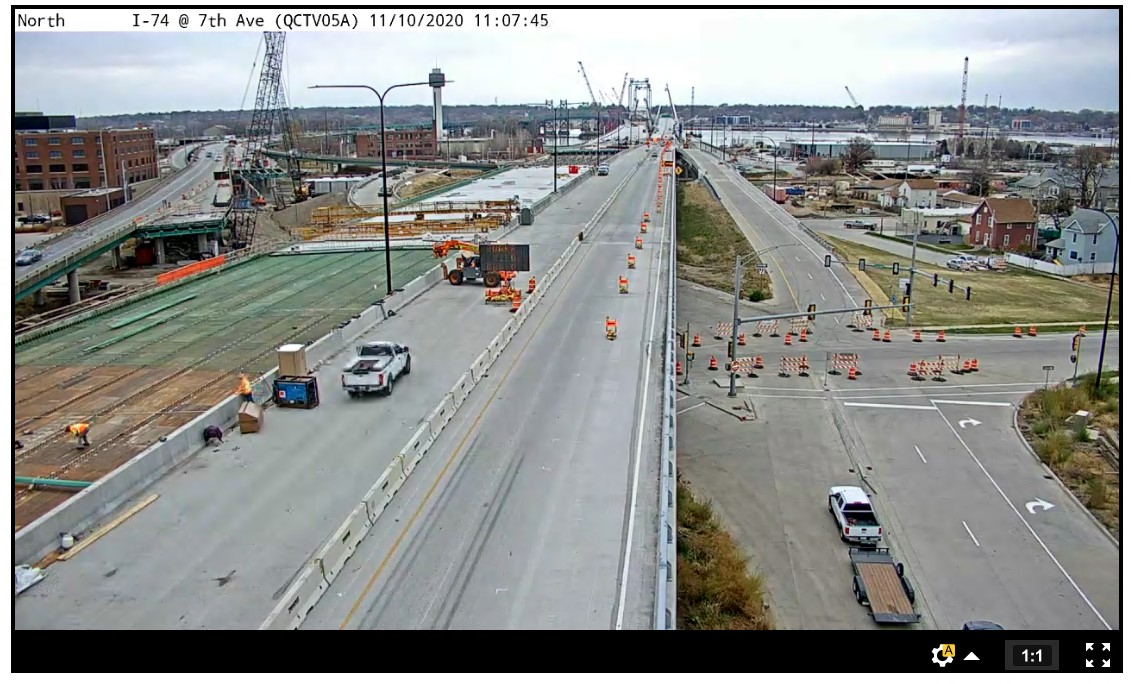How public agencies can prepare for Connected and Automated Vehicles
Connected and automated vehicle (CAV) technologies have the potential to transform the transportation industry. Using technologies such as on-vehicle sensors, smart infrastructure, and advanced wireless communications, CAVs can significantly improve safety, reduce congestion, provide greater mobility and equity, and create a more efficient transportation network.
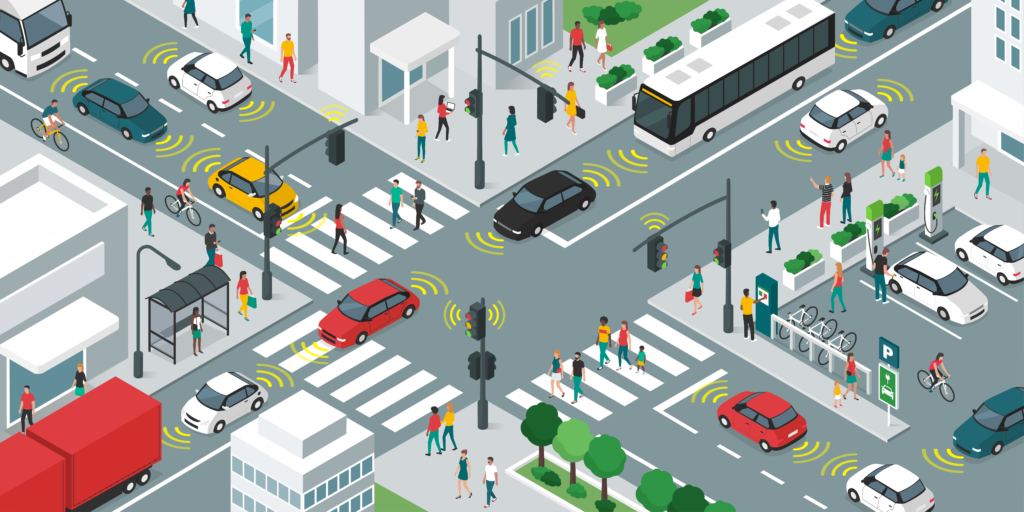
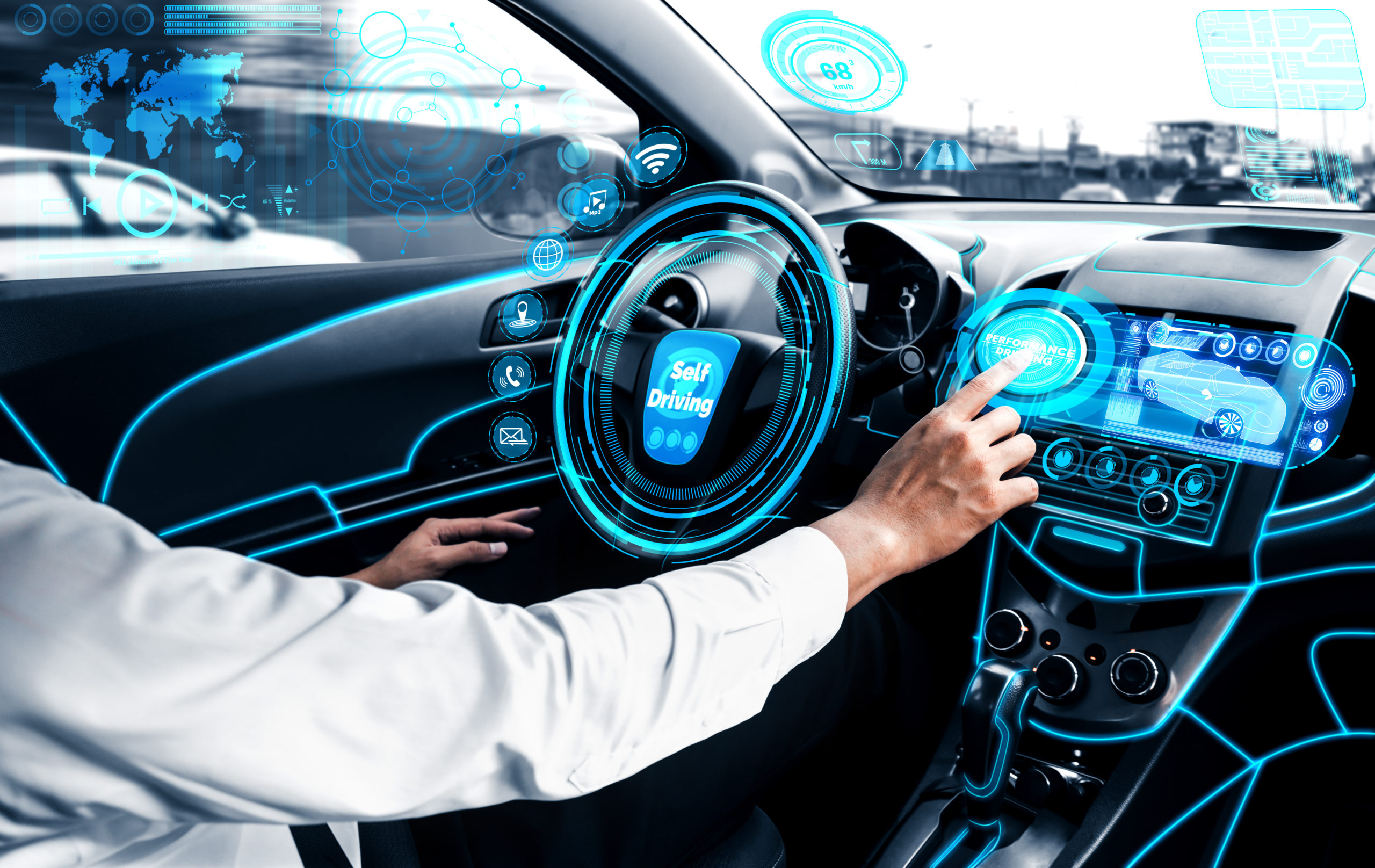
CAV activities ranging from policy updates to test deployments are already happening at the national and state levels. Simultaneously, the automotive and technology industries are actively developing systems to further enhance the capabilities of CAVs. While fully connected and automated vehicles may be several years away, there are still opportunities for public agencies to begin preparing for the future of transportation.
Vehicles with connected and automated features are already prevalent on roads today. Fully connected and autonomous vehicles are likely 10 or more years away – and even longer before they are commonplace. However, there are several strategies public agencies can be doing today to prepare for a CAV future:
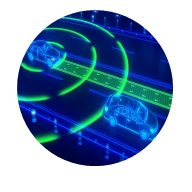
Develop policies that support CAV technologies.
The automotive and technology industries are actively developing systems to further CAVs. While regulation is necessary to ensure a safe and equitable transportation system, policies should be enacted that support CAV developments. For example, issues such as safe vehicle testing, data access and privacy, and insurance and driver training standards need to be discussed and addressed.
Review current transportation issues for CAV opportunities.
There are many challenges with the existing transportation network that can be addressed with CAV solutions. For example, SRF is completing a CAV study for the Highway 52 Corridor between St. Paul and Rochester, MN that will address safety, mobility, transit, and equity issues along the corridor. Potential CAV applications include enhanced traveler information systems, hazard warning systems, and special-purpose data portals with connected vehicle elements.
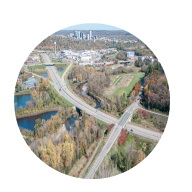
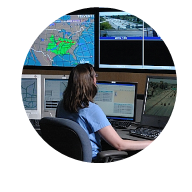
Incorporate CAVs into strategic planning.
While the exact impact of CAVs 40 years into the future is unknown, CAVs need to be considered in strategic planning efforts today. CAV technologies may enable narrower lanes, promote autonomous shuttles, and encourage different vehicle ownership models. Lessons learned from pilot projects and associated stakeholder outreach need to be incorporated into transportation planning efforts.
Standardize and update infrastructure to complement CAV technologies.
Automated vehicles rely on roadway infrastructure, such as pavement markings, traffic control signs, and traffic signal systems, to perform automated maneuvers, such as lane-keeping assist and eco-driving. While standardized infrastructure facilitates the safe and efficient operations of automated vehicles, traditional drivers also benefit from consistent and well-maintained pavement markings and signage.
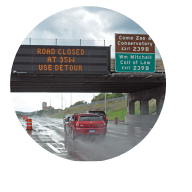
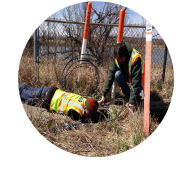
Plan for and build out communications infrastructure to support CAV applications.
While the technologies used to support CAVs are rapidly evolving, all methods rely on the ability to communicate large amounts of data in an efficient manner. SRF recently designed more than 100 miles of fiber optic infrastructure for Hennepin County to provide reliable communications to their traffic signal systems county-wide that will enable future CAV applications. While large fiber optic deployments may be a large investment, installing empty conduits as part of roadway reconstruction projects greatly facilitates the cost-effective expansion of communications networks in the future.
Invest in electric vehicle infrastructure to support CAVs.
In addition to CAV technologies, future vehicles will rely on electric vehicle infrastructure. Agencies can provide local incentives to encourage electric vehicle use and infrastructure investments and collaborate with landowners and electric providers to build support and plan for electric vehicle charging stations.
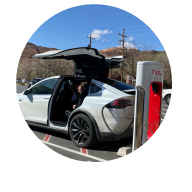
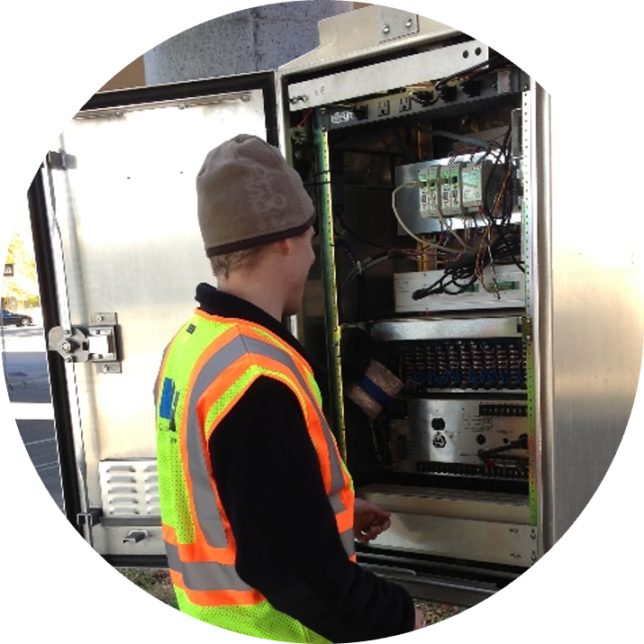
Participate in CAV pilot projects and test deployments
Look for opportunities to work with the industry to get involved with CAV projects. Identify CAV applications and data that can enhance traffic safety and operations. Use pilot projects as a way to understand future operations and maintenance requirements.
Explore partnerships with other public agencies.
Public agencies across the country are trying to understand their role in a CAV future. Use professional organizations such as the Cooperate Automated Transportation (CAT) Coalition, the Institute of Transportation Engineers (ITE), and the Institute of Electrical and Electronics Engineers (IEEE) to exchange information and best practices. Seek opportunities to collaborative conduct CAV pilot projects to share resources and lessons learned.

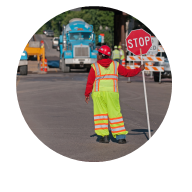
Prepare the workforce for a CAV future.
As technology becomes more prevalent in the transportation industry, additional skills will be required to design, implement, operate, and maintain CAV applications. While traditional professions like civil engineering will remain essential, other professionals such as electrical engineers, software developers, and wireless communication technicians will be needed to support the transportation network. Identify skills needed to support CAV technologies and develop a CAV talent pipeline.
Educate the public on the opportunities, benefits, and challenges of CAVs.
Increase awareness of CAV’s through public events, workshops, and demonstrations. While people are aware of “self-driving” vehicles, viewpoints vary from hesitation over safety and privacy concerns to excitement of eventually gaining back time that was lost driving. The public needs to be educated to provide informed input about the future of transportation.
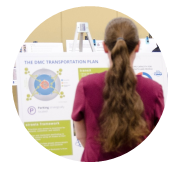
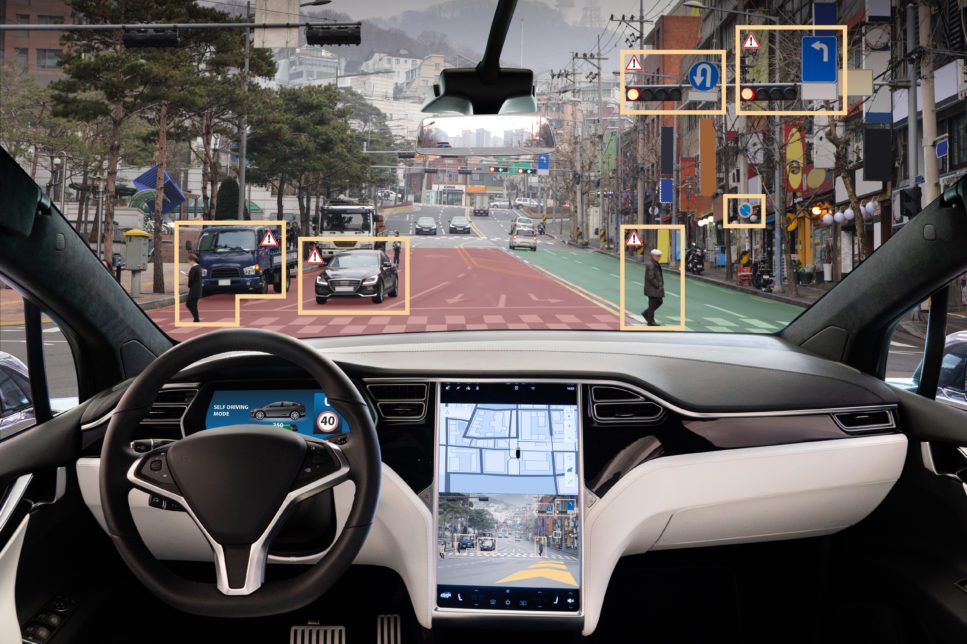
For More Information:
SRF’s Intelligent Transportation Systems/Connected Autonomous Vehicles Group has a rich history of implementing innovative technologies, and we continually look for ways to challenge the status quo and develop fresh solutions. We are proud to be at the forefront of the next big change in transportation – the advent of CAV – a change that will pose challenges and rewards for years to come.

About the Author – Jacob Folkeringa, PE
Jake leads SRF’s nationally recognized ITS/CAV group with expertise in the planning, design, and implementation of transportation technologies such as connected vehicles, advanced traffic management systems, fiber optic communications, and transit technology systems. He is an active member of ITE, serving on the CAV Steering Committee, presenting at multiple national conferences on emerging ITS/CAV topics, and representing the North Central Section of ITE as the Past President. Jake is currently leading the MnDOT Highway 52 CAV Study, a grassroots study laying the foundation for statewide CAV deployments in Minnesota. Jake is excited about the advent of CAVs and the exciting opportunities and partnerships that they will present to help solve transportation challenges.
jfolkeringa@srfconsulting.com | 763.475.0010
So what is CAV, anyway?
“CAV” is a broad term that encompasses a wide range of approaches, technologies, and analyses to how vehicles interact with both other vehicles and the surrounding transportation environment. With such an expansive universe of possibilities, CAV applications will appear in an evolutionary fashion, adapting to changes in technologies and environments over time. The Federal Highway Administration (FHWA) describes this as a four-phase timeline:
- Connected Drivers who bring their own communications devices such as smartphones into vehicles.
- Connected Vehicles that leverage in-vehicle devices such as cellular connections and GPS receivers to gather data, provide driver assistance, and transmit information to remote services.
- Automated Vehicles provide direct assistance to the driver with features like adaptive cruise control, lane keeping assistance, and active collision avoidance.
- Autonomous Vehicles that incorporate connectivity and/or automation to allow vehicles to operate anywhere with no human assistance whatsoever.
CONNECTED VEHICLES have been part of the landscape since 1997 with the introduction of the OnStar system by General Motors. While initially an emergency assistance and concierge service, connected vehicle applications have evolved to in-dash infotainment systems providing traffic and construction data. Connected vehicles rely on communications with other vehicles, infrastructure, and devices through wireless network technologies such as dedicated short-range communications (DSRC) and Cellular Vehicle-to-Everything (C-V2X). These communication systems can be used for applications such as traffic signal priority, eco-driving, and traffic congestion detection, to name a few.
AUTOMATED VEHICLES contain many of the technologies that will eventually enable high degrees of autonomy. The first driver distance warning systems appeared on Mitsubishi vehicles as early as 1992, with adaptive cruise control introduced by Mercedes Benz in 1999. Today, adaptive cruise control is standard on many new vehicles. GPS, radar, lidar, and video processing systems are all now common on vehicles. However, these are intended to assist driver operation, rather than navigate the vehicle without driver interaction.
AUTONOMOUS VEHICLES are now under development by several companies, such as Waymo and Cruise, in addition to traditional manufacturers like Volkswagen, General Motors, and Tesla. Passenger vehicle operation is a complex task, and progress toward fully autonomous vehicles may take some time.


